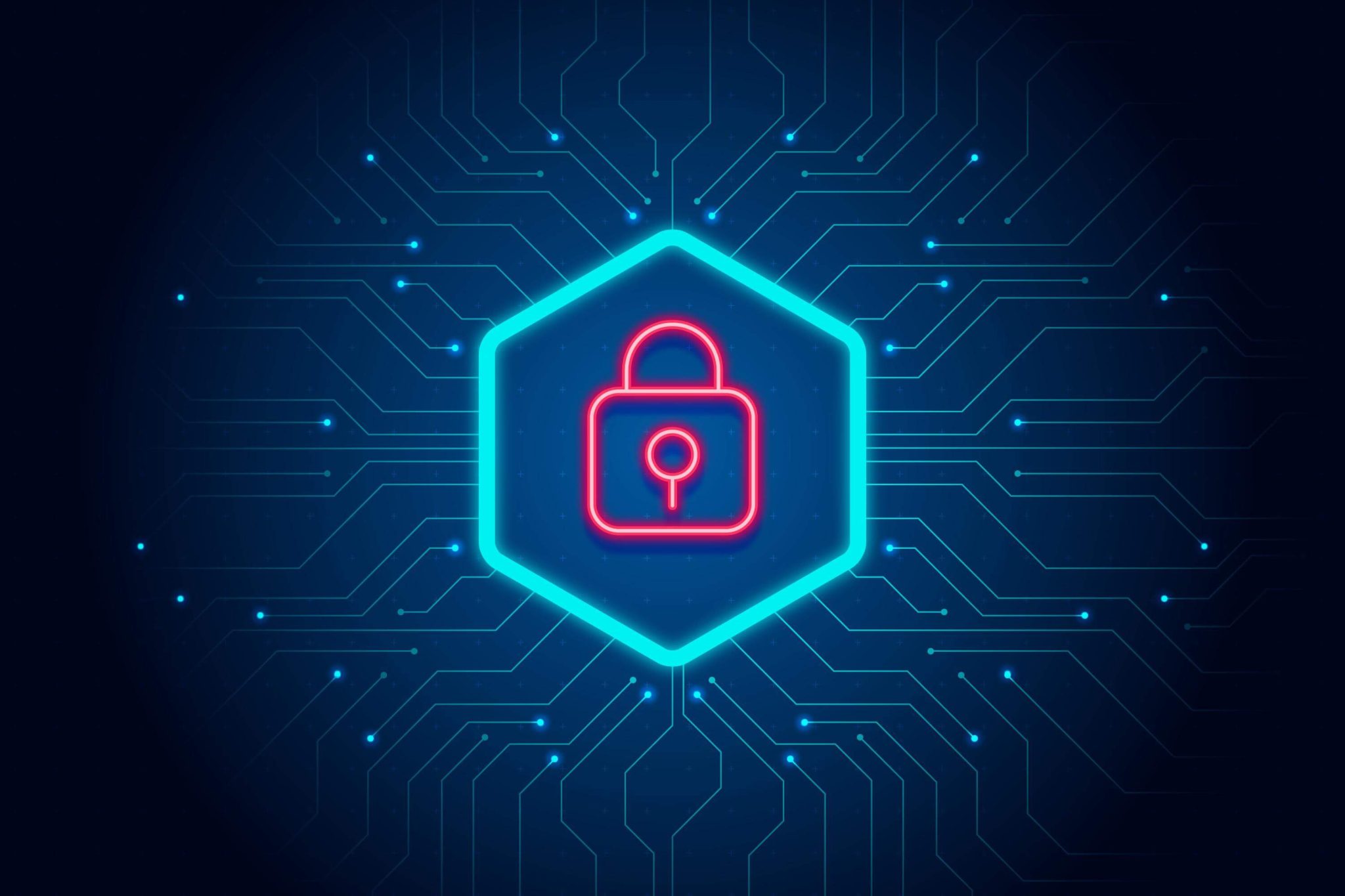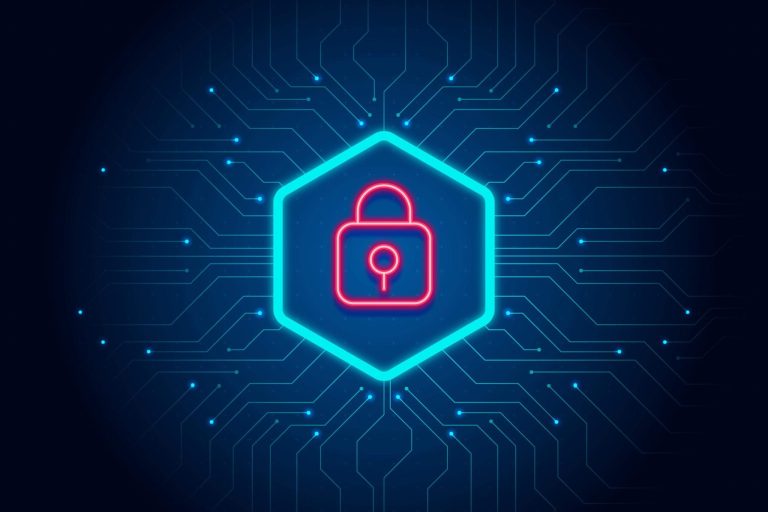Why Local Governments Need Website, Server, and Port Monitoring Service
Local governments across the world are under increasing threat from cyber criminals who target their websites, servers, and ports. These attacks can cause significant disruption to the daily functioning of city halls and other local government offices. To prevent such attacks, local governments need to use website, server, and port monitoring services that help them stay informed about the health of their IT infrastructure.
The Threat of Cyber Attacks on City Halls
City halls are increasingly targeted by cybercriminals due to the valuable data they hold. This data includes sensitive personal information of citizens, confidential government documents, and financial records. According to a report by the cybersecurity firm BlueVoyant, cyber attacks on local governments have increased by 50% since 2019. In 2020, there were more than 200 successful ransomware attacks on US government agencies, with many targeting local governments.
The Need for Website, Server, and Port Monitoring Services
To prevent cyber attacks, local governments need to stay informed about the health of their IT infrastructure. Website, server, and port monitoring services provide real-time alerts to IT administrators when something goes down. This allows them to quickly respond to any issues and prevent further damage. With these services, local governments can ensure that their websites are always accessible to citizens, servers are up and running, and ports are not being used by unauthorized parties.
Website Monitoring Services
Website monitoring services constantly check the health of local government websites. They test the speed, uptime, and accessibility of the website from different locations around the world. If the website is down or performing poorly, IT administrators receive an alert in real-time. This allows them to quickly investigate the issue and fix it before it causes any disruption.
Server Monitoring
Server Monitoring services check the health of local government servers. They monitor the CPU usage, memory usage, disk space, and other vital statistics of servers. If a server goes down or is performing poorly, IT administrators receive an alert in real-time. This allows them to quickly investigate the issue and fix it before it causes any disruption.
Port Monitoring
Port Monitoring services check the network ports of local government IT infrastructure. They ensure that only authorized parties are using the ports and block any unauthorized access. If an unauthorized party attempts to access a port, IT administrators receive an alert in real-time. This allows them to quickly investigate the issue.
Real-Time Alerting
Website, server, and port monitoring services come together in a network notification system that provides real-time alerts to IT administrators. These alerts allow administrators to quickly respond to any issues or disruption. With network notification, local governments can ensure that their IT infrastructure is always up and running.
Investing in networking monitoring services is essential for city halls as cyber attacks become more sophisticated and frequent. Without these services, IT administrators are left in the dark when issues arise, which can lead to significant disruption in government services and potential data breaches. With real-time alerts from networking monitoring services, IT administrators can respond quickly to any issues and minimize the impact on government operations. By investing in these services, city halls can ensure the continuity and security of their IT infrastructure and maintain public trust in their ability to protect sensitive data.



